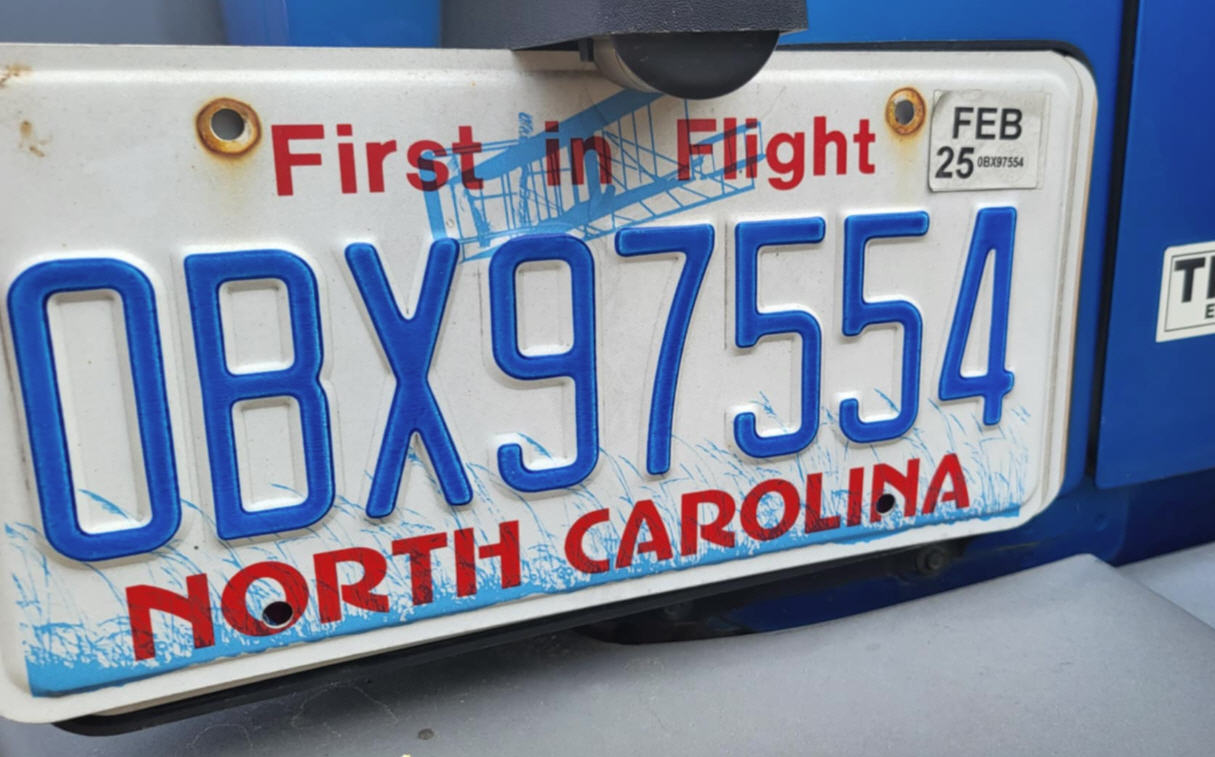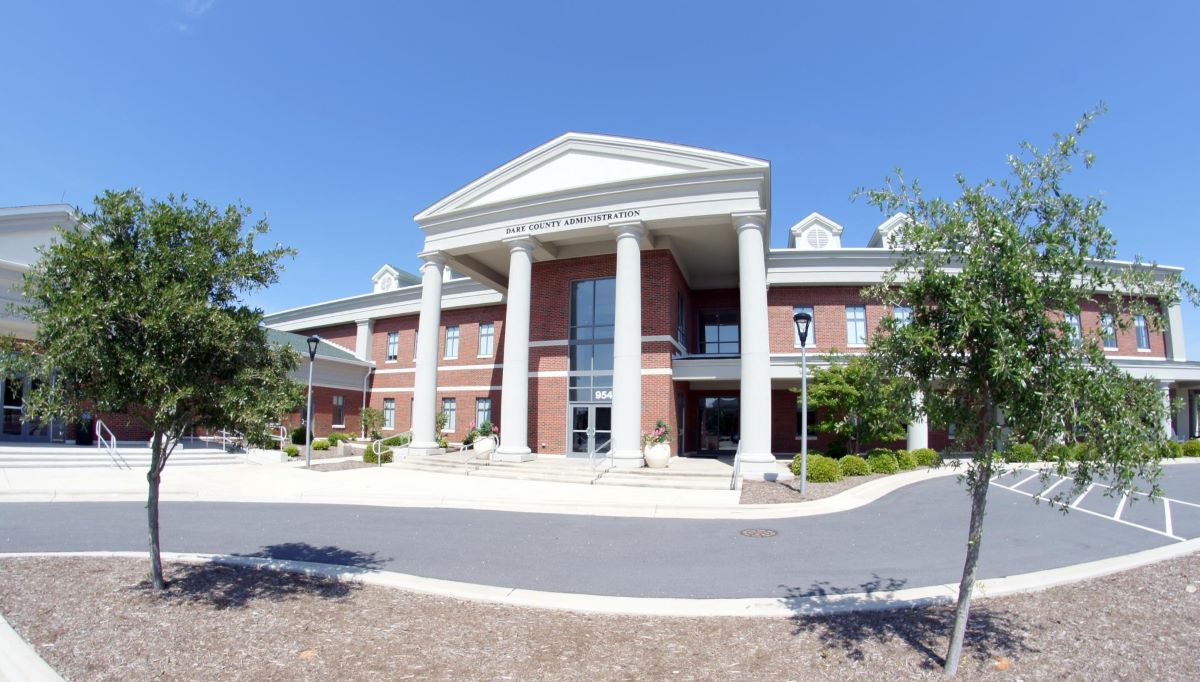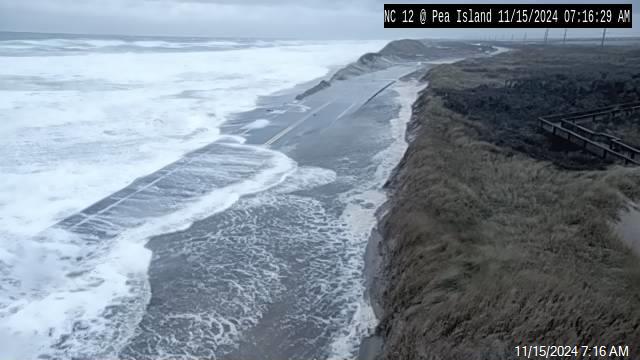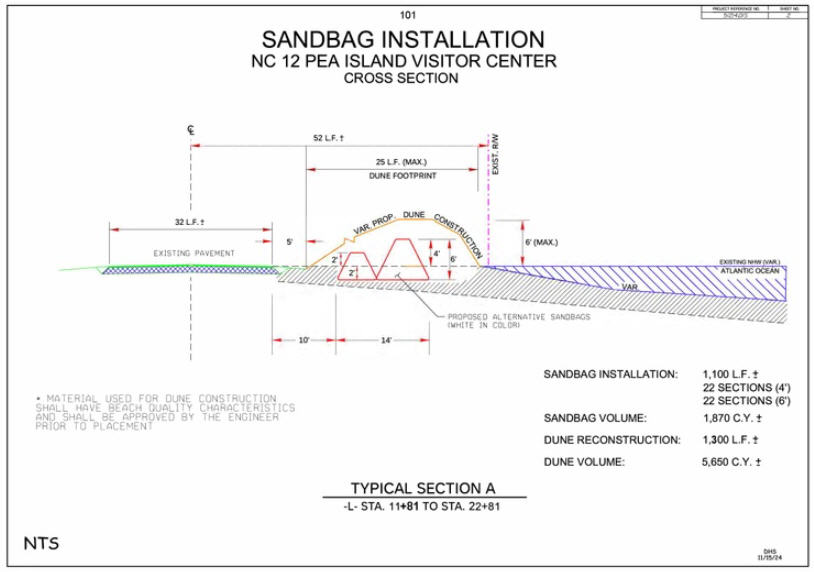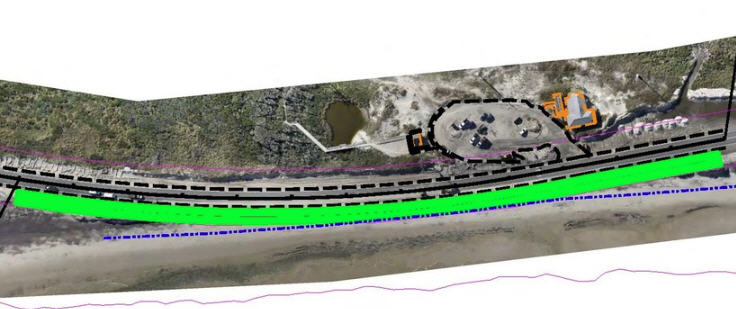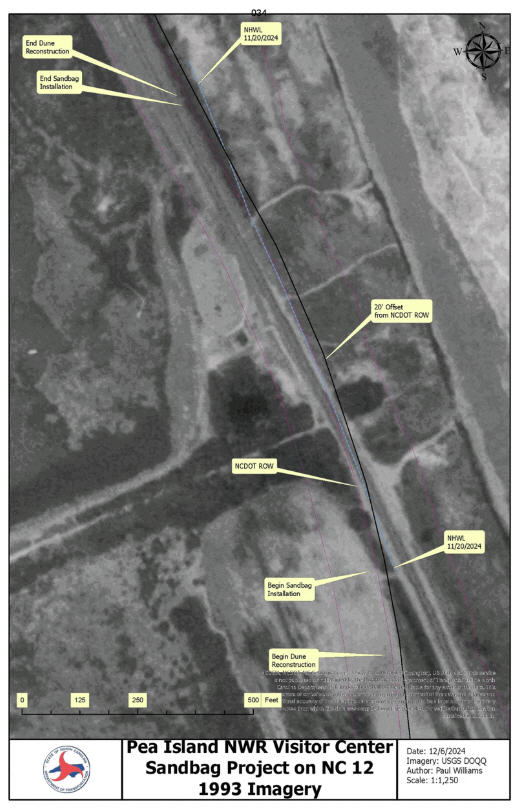Shipwreck museum presents first plans for exhibit design
The presentation was broad, lacked specifics and barely mentioned any artifacts, but after years of waiting, an exhibit design for the Graveyard of the Atlantic Museum is finally starting to take shape.
Members of the museum’s design team made their first presentation to the community Wednesday to explain the conceptual plan for the lobby, gallery, and gift shop areas of the museum, which is focused on the dramatic 400-year maritime history of the Outer Banks coast. A second presentation was held Thursday in Hatteras.
“This is not just a history museum,” Charlotte Andrews, consulting curator for Richmond-based Riggs Ward design team, told the small audience at Jennette’s Pier in Nags Head. “It’s a heritage museum. This is very much a contemporary exhibit that anyone can relate to and understand.
“But that’s not dumbing down,” she added. “We want to keep it fresh. We want to make history matter to people.”
And there’s a lot more than the estimated 1,000 shipwrecks off the coast to interpret, she said. Not only does each wreck have its story – although most are not known – there are stories that swirl around them — pirates, wars, commerce, exploration, adventure. Then there are the islanders who salvaged the wrecks, saved wreck victims, pulled bodies from the surf, and who patrolled the waters.
To tell the stories, to capture human elements of tragedy, courage, glory and survival, Andrews said the team envisions dividing the exhibit into three interconnected themes: Shore, Shoal, Sea.
Rather than providing a linear experience, bouncing from one exhibit to another, the exhibit would be presented in a circular fashion, with a hub at the center where visitors can orientate themselves before choosing what to explore.
“Part of why we have this approach is so it’s not shipwreck, shipwreck, shipwreck,” she said.
“This structure would allow us to get at different elements of the story.”
Within the thematic framework will be displays that present analyses of ships, shipwrecks and seafaring, and shore-based science. There will be displays that tell stories of underwater archaeology, salvaging, and rescues.
David Niebuhr, a member of the team from the Watermen’s Museum in Yorktown who is focused on education, suggested that the museum could help link visitors to the maritime knowledge and understanding that is part of the unique Outer Banks heritage.
“We’re trying to engage people where they are,” he said. “I go simple more than complex. I go hands-on more than electronic.”
For example, he said, people come here to fish – so demonstrate the value of the offshore buoys that measure wind, wave heights, currents, wind and temperature. Or how about allowing visitors the opportunity to “pump” water out of a boat or let them “row” a lifeboat replica?
“There is a learning opportunity there,” he said. “Our motivation is to get them to ask the next question.”
The schematic design is still in the early stages, said Robert Riggs, a partner in the design company. Some modifications that would help, he said, would be creating an exit in the gift shop, expanding it about 15 feet into the lobby space, and opening it up with a glass wall.
Another change the team suggests is having a window in the conservation area to allow artifacts to be visible from the lobby. Also, the reception area in the lobby should be made smaller, but be brought closer to the entrance.
By creating a central hub in the main gallery, he said, visitors will be encouraged to research information they’re interested in about the shipwrecks and choose to go to the exhibit area that they want to learn more about.
Large abstract forms suggestive of shipwrecks would divide the exhibit space into sections, he said, and make good use of the gallery’s high ceilings. One image he presented showed a replica of a surfboat on top of one exhibit, tilting on an artistic rendering of wild waves. Through the cuts in the “waves,” light shone through a room underneath that focused on underwater archaeology. Hands-on exhibits such as a remotely operated vehicle controlled by a visitor could both educate and entertain.
Other design options include use of LED monitors to show ocean waves crashing across a screen, use of large shipping crates as display cases, and using short educational videos and informational kiosks.
The exhibit will look beyond the obvious to tell the stories, said Joseph Schwarzer, the museum’s executive director. In interpreting the Nazi U-boat campaign during World War II, for instance, visitors could read letters that German sailors wrote home to their loved ones.
“Yeah, maybe they were the enemy,” he said, “but they were also human beings.”
First conceived by Hatteras villagers in 1986 with the idea to have a place to house artifacts from the remains of the just-discovered Civil War-era Monitor, ground was broken on the $7 million museum in 1999 on a 7-acre site at the end of Hatteras Island owned by the National Park Service.
The museum has been opened since 2003, with changing exhibits, and has become a popular attraction, despite being incomplete. Last year, about 80,000 people visited.
In 2007, the museum was transferred to state ownership and joined two other North Carolina Maritime Museums on the coast.
The National Oceanic and Atmospheric Administration, a museum partner, has provided $600,000 for the exhibit design.
But the museum still needs $2.5 million for the construction and fabrication of the exhibits.
Mark Cooney, director of the capital projects unit for the state Department of Cultural Resources, said that the state has not provided capital improvements funds for state projects since 2008, and is unlikely to anytime soon.
But Cooney said that only the U.S.S. North Carolina and the North Carolina Museum of Art are ranked ahead of the Hatteras museum.
“It’s high on our priority list,” he said. “As Joe said, we have a museum. We need a permanent exhibit.”
The design package is expected to be completed by the end of the year, Riggs said.
Depending on public comments, he said, the design team may present an update on the design at another public meeting. Meanwhile, the team is looking for more ideas and feedback from Outer Bankers on the exhibit design.
“I thought it was spot on,” said Danny Couch, a member of the museum’s board of directors. “It’s definitely appealing.”
FOR MORE INFORMATION
For more information on the exhibit design or the museum, go to the website at http://www.graveyardoftheatlantic.com/






